Why Are Boxwoods Dying En Masse? 6 Critical Threats & Science-Backed Solutions
Boxwood (Buxus spp.) diseases and pests can cause irreversible damage if unmanaged, leading to significant landscape losses. We detail six major threats with evidence-based countermeasures:
1. Boxwood Blight (Caused by Calonectria pseudonaviculata)
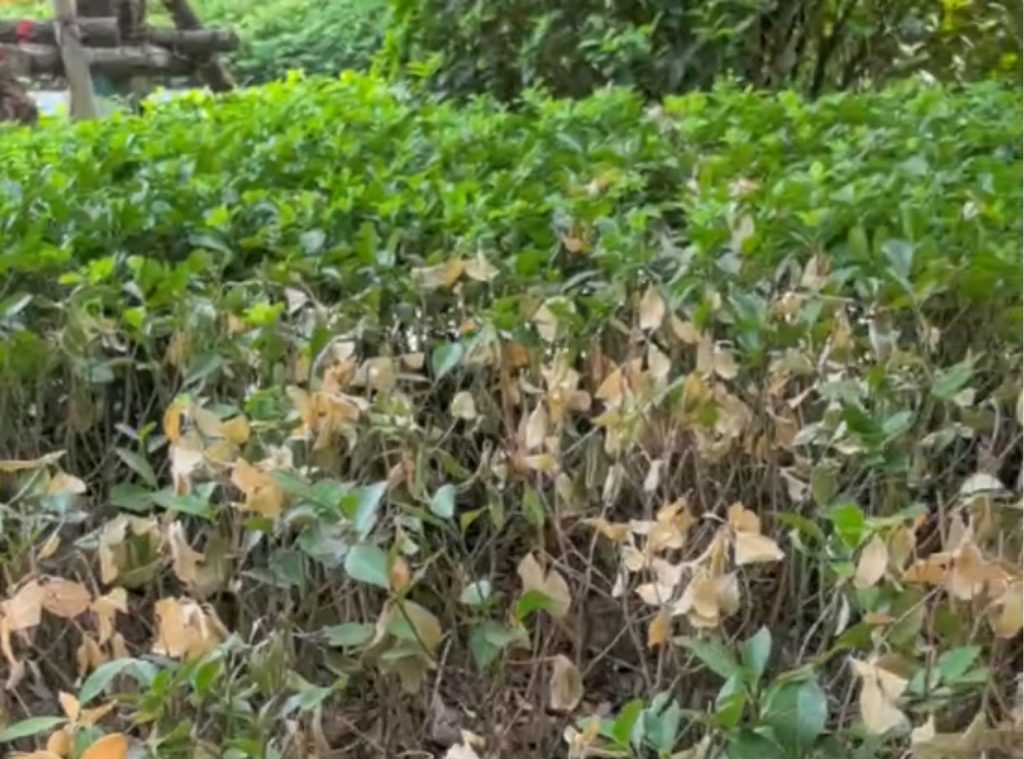
Pathogenesis:
- Rapid contagion via spores in soil/water
- Initial symptoms: Localized branch desiccation → Entire shoot dieback → Chlorotic leaves → Plant death
- Primary entry: Root wounds (also stems/leaves)
- Peak season: April-May onset, June-August epidemics
Risk Amplifiers:
① Poor soil aeration → Root suffocation
② Soilborne pathogen buildup
③ Winter drought/frost damage
✓ Solutions: - Preventative: Soil drench with Trichoderma harzianum + Systemic fungicides
- Curative: Root zone injection of phosphite fungicides + Biochar soil amendment
2. Foliar Diseases: Leaf Spot & Anthracnose
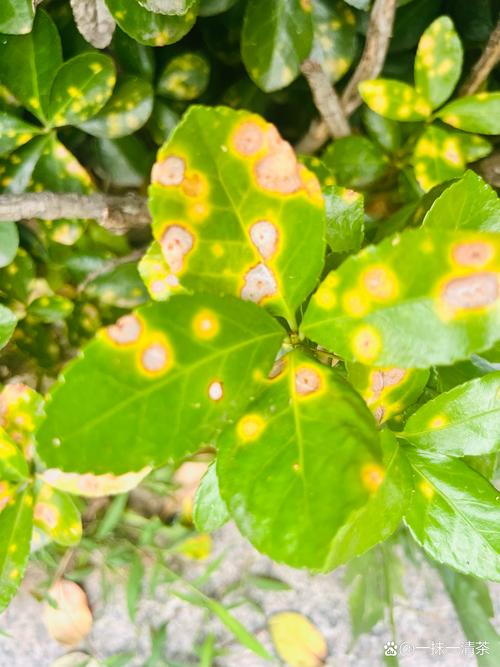
| Disease | Identification | Peak Period |
|---|---|---|
| Cercospora Leaf Spot | Tan centers, yellow halos, black fruiting bodies | May-July infection; Aug-Oct symptom expression |
| Anthracnose | Gray centers, dark raised margins, no halo | Late May-June entry via pruning wounds |
| Key Difference: Presence (Leaf Spot) vs absence (Anthracnose) of yellow halo. | ||
| ✓ Integrated Management: |
- Improve air circulation via selective pruning
- Apply copper-based preventatives (early May)
- Alternate systemic/topical fungicides (e.g., Azoxystrobin/Chlorothalonil)
3. Powdery Mildew (Erysiphe buxi)
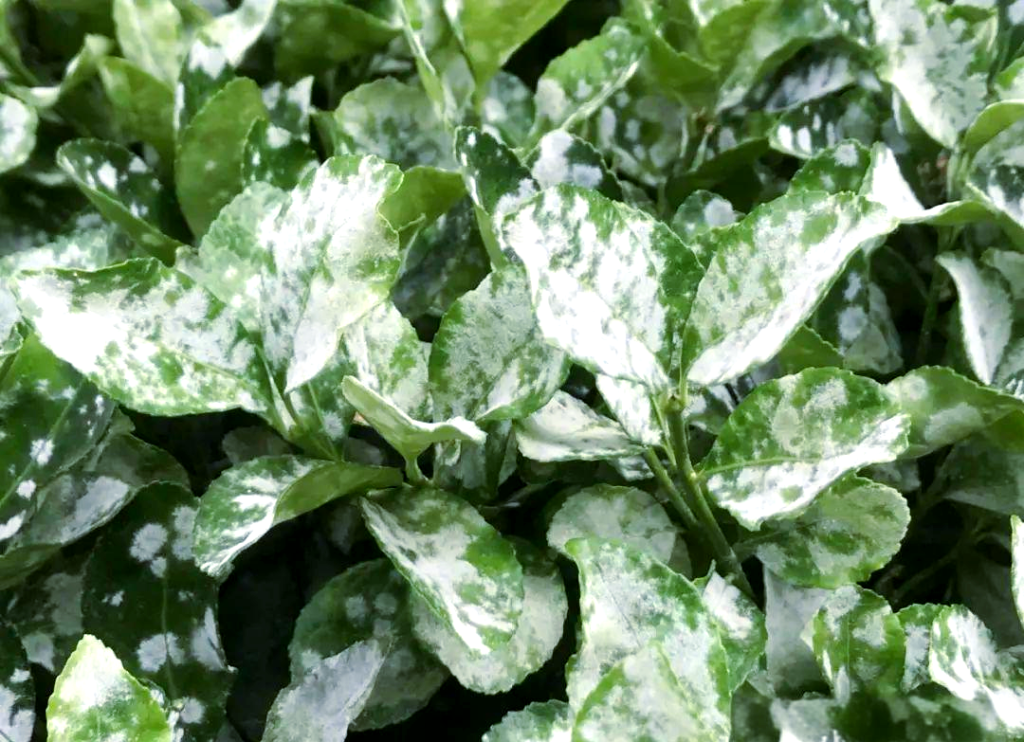
Epidemiology:
- Dual-peak seasons: Apr-Jun & Sep-Oct
- White mycelial mats → Leaf distortion → Shoot dieback
High-Risk Conditions:
☒ Shaded plantings ☒ Over-fertilization (N) ☒ Dense canopies
✓ Prevention Protocol:
- Maintain >60cm planting spacing
- Apply potassium silicate sprays (enhances cell wall defense)
- Dormant-season lime sulfur applications
4. Box Tree Moth (Cydalima perspectalis)
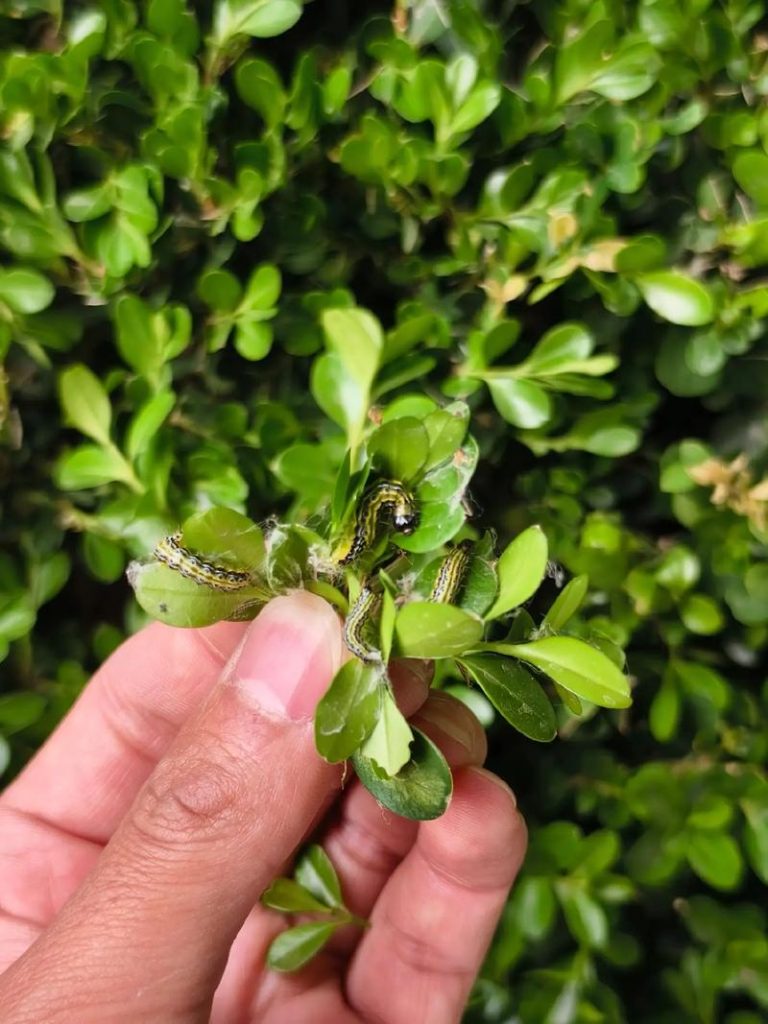
Devastation Cycle:
- 3-4 generations/year; larval feeding defoliates hedges in 72hr
- Key stages: Eggs (leaf undersides) → Larvae (silk-nested) → Pupae (soil)
✓ IPM Strategy:
| Control Method | Implementation |
| Biological | Bacillus thuringiensis var. kurstaki (BtK) sprays |
| Physical | Blacklight traps + Pheromone disruption |
| Chemical | Cyclaniliprole rotation (resistance management) |
5. Boxwood Stem Borer (Agrilus species)
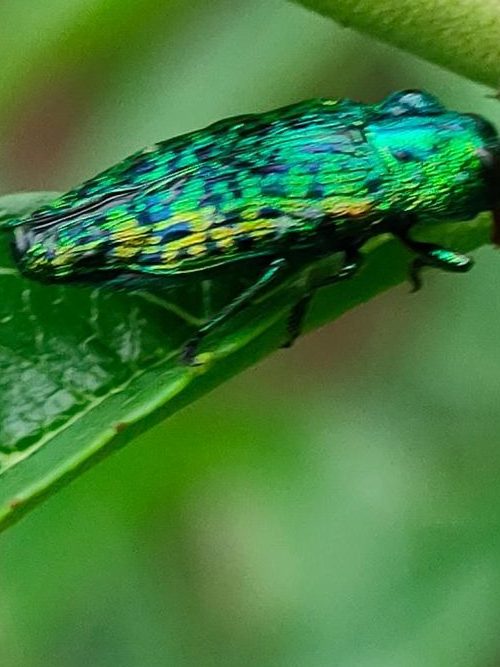
Stealth Destruction:
- Larvae tunnel under bark → Vascular disruption → Sudden wilt
- Detection tip: D-shaped exit holes (July-August)
✓ Eradication Protocol: - Adult control: Neonicotinoid trunk sprays (mid-June)
- Larval control: Emamectin benzoate microinjections
- Sanitation: Burn infested wood before spring emergence
6. Root Rot (Fusarium/Pythium spp.)
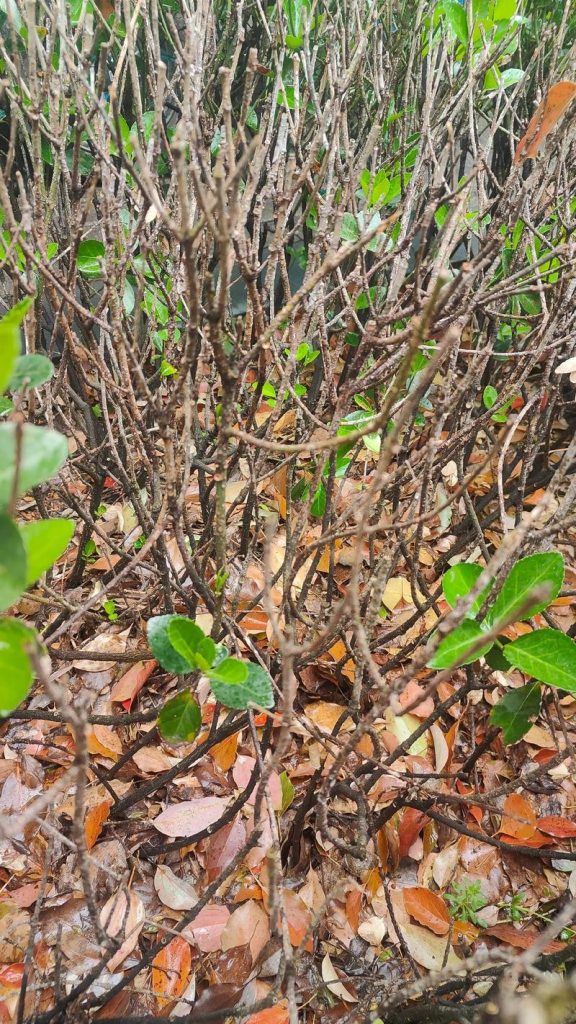
Diagnostic Triad:
- Chlorotic foliage + Stunted growth
- Blackened roots (slimy texture)
- Hydrogen sulfide odor
Pathogenesis: Anaerobic conditions + Soil compaction
✓ Recovery Protocol:
- Immediate action:
- Excavate root collar
- Drench with Trichoderma consortium + Etridiazole
- Long-term:
- Install subsurface aeration pipes
- Amend soil with 30% perlite
Proactive Defense System:
- Soil Analytics: Annual pH/nematode testing
- Preventive Schedule:
- March: Dormant oil spray
- May: Systemic fungicide drench
- August: Bio-insecticide rotation
- Resistant Cultivars: Buxus sinica var. insularis ‘Nana’ (blight-tolerant)
Critical Note: USDA quarantine protocols apply for Cydalima perspectalis in affected regions. Always sanitize tools with 70% isopropanol between plants.

